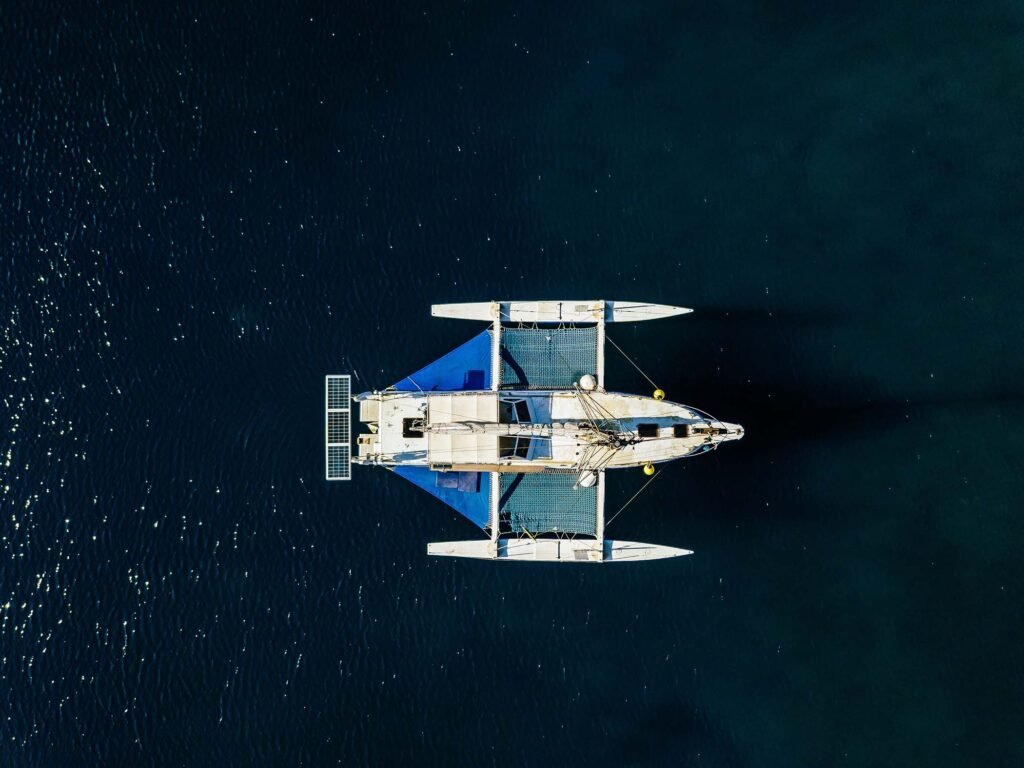Bateaux à équipage professionnel
Professional crew boats, also known as workboats or crew transfer vessels (CTVs), are specialized vessels designed to transport personnel, equipment, and supplies to offshore installations such as oil rigs, wind farms, and other marine structures. These boats are specifically built to provide safe and efficient transportation for crew members working in remote offshore locations.
Key features of professional crew boats include:
- Size and Capacity: Crew boats come in various sizes, ranging from small vessels with a capacity of around 10 passengers to larger boats that can accommodate over 100 personnel. The size and capacity depend on the specific requirements of the offshore operation.
- Speed and Performance: Crew boats are designed for high-speed operation to reduce travel time between shore and offshore installations. They typically have powerful engines that allow them to travel at speeds of 25-40 knots, depending on the size and design of the vessel.
- Seakeeping Abilities: Crew boats are designed to handle rough offshore conditions and provide a comfortable and safe journey for passengers. They often incorporate features such as deep V-shaped hulls and stabilizers to improve stability and reduce motion sickness.
- Safety and Stability: Safety is of paramount importance in offshore operations, and crew boats are equipped with various safety features. These may include life rafts, life jackets, emergency communication systems, fire suppression systems, and other safety equipment to ensure the well-being of crew members.
- Accommodation and Amenities: Depending on the size and duration of the offshore operation, crew boats may provide basic accommodation facilities for crew members. These can range from simple bunk beds to more comfortable cabins. Some larger crew boats may also include facilities such as mess halls, toilets, and recreational areas.
- Cargo Space: Crew boats often have dedicated cargo areas to transport equipment, tools, and supplies needed for offshore operations. These spaces are designed to secure the cargo during transit, ensuring safe and efficient transport.
- Accessibility: Crew boats are designed with accessibility in mind, allowing for easy embarkation and disembarkation of crew members. They may have gangways or dedicated access points to facilitate safe boarding and disembarking, even in challenging offshore conditions.
- Navigational and Communication Systems: Crew boats are equipped with advanced navigational and communication systems, including radar, GPS, and radio communication equipment. These systems help the crew navigate safely to and from offshore installations.
Professional crew boats play a crucial role in supporting offshore operations by providing reliable and efficient transportation for personnel and equipment. Their design and features are tailored to meet the specific requirements of offshore industries, ensuring the safety and comfort of crew members working in demanding environments.


